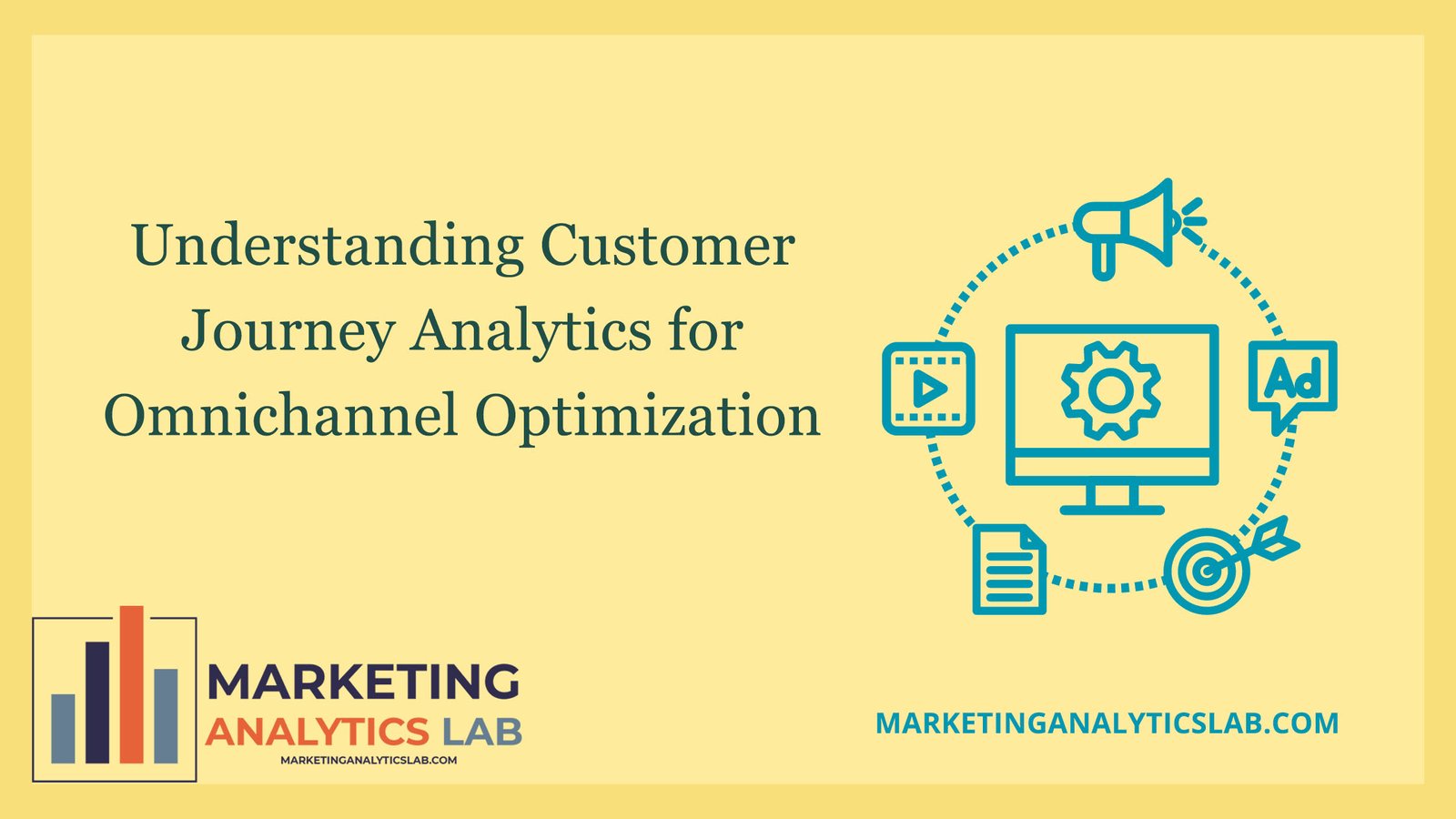Importance of Customer Journey Analytics
Customer journey analytics is crucial for businesses looking to optimize their omnichannel strategy. By understanding how customers interact with your brand across various touchpoints, you can identify areas for improvement and make data-driven decisions to enhance the overall customer experience. Through customer journey analytics, businesses can track a customer’s path from initial awareness to purchase and beyond, gaining valuable insights into their preferences, behaviors, and pain points along the way. This information is invaluable for businesses looking to tailor their marketing, sales, and customer service efforts to meet the evolving needs of their customers.
Furthermore, customer journey analytics can help businesses identify potential bottlenecks or gaps in the customer experience that may be hindering conversion rates or loyalty. By analyzing customer interactions at each touchpoint, businesses can pinpoint areas where customers may be dropping off or encountering issues, allowing them to make targeted improvements to optimize the customer journey. Additionally, customer journey analytics can help businesses identify high-value customers and tailor personalized experiences to better engage and retain them. By understanding the customer journey, businesses can enhance customer satisfaction, increase customer loyalty, and drive revenue growth.
Overall, customer journey analytics provides businesses with a holistic view of their customers’ interactions with their brand, allowing them to make informed decisions to optimize the omnichannel experience. By leveraging data and insights from customer journey analytics, businesses can better understand their customers’ needs, preferences, and behaviors, enabling them to deliver more personalized and seamless experiences across all channels. In today’s highly competitive market, businesses that prioritize customer journey analytics are better positioned to drive customer satisfaction, loyalty, and ultimately, business success.
Strategies for Omnichannel Optimization
One key strategy for omnichannel optimization is to map out the customer journey across all touchpoints, both online and offline. By understanding how customers move from one channel to another and interact with your brand at each stage of the journey, businesses can identify opportunities to streamline the experience and remove any barriers to conversion. This can involve analyzing data from various sources, such as website analytics, social media engagement, email marketing campaigns, and in-store interactions, to gain a comprehensive view of the customer journey.
Another important strategy for omnichannel optimization is to ensure seamless integration and consistency across all channels. Customers expect a seamless experience as they move between channels, whether it’s from a website to a mobile app or from an in-store visit to a customer service call. By aligning messaging, branding, and customer service standards across all channels, businesses can create a cohesive and personalized experience that meets customer expectations and drives loyalty. This may involve implementing technology solutions, such as customer relationship management systems or marketing automation platforms, to enable real-time data sharing and communication between channels.
Furthermore, businesses can leverage customer journey analytics to test and optimize their omnichannel strategy over time. By continuously monitoring and analyzing customer interactions and behaviors, businesses can identify trends, patterns, and opportunities for improvement, allowing them to make data-driven decisions to enhance the customer experience. This iterative approach to omnichannel optimization can help businesses stay ahead of competition, adapt to changing customer preferences, and drive long-term success. Ultimately, by prioritizing customer journey analytics and implementing effective omnichannel optimization strategies, businesses can create a seamless and personalized experience that delights customers and drives business growth.

